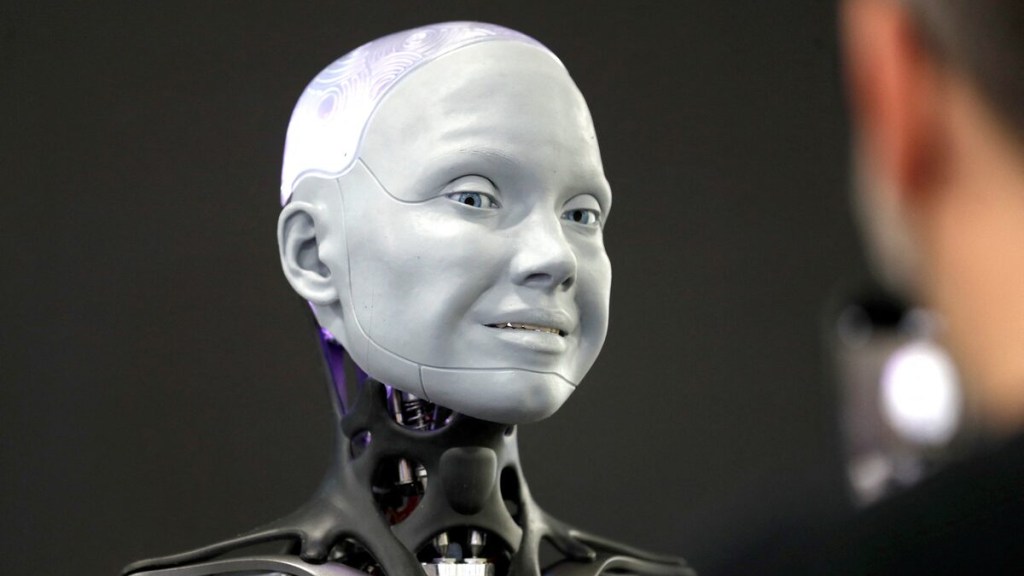With Big Tech realising the potential of artificial intelligence and getting a hang of what to do with it—and how to do it—it was only about time we looked at or at least started to look at the next frontier. The next step, in this journey, leads to something called “AI agents” or so it seems.
In an exclusive conversation with financialexpress.com, Deepak Pargaonkar, Vice President of Solution Engineering at Salesforce India, delved into the evolving role of AI in business operations. From assistive agents augmenting human efficiency to the challenges of AI-generated hallucinations, Pargaonkar highlighted how AI is transforming industries at different levels of maturity.
Assistive agents: Enhancing human capabilities
“There are two parts to the AI agent story,” explained Pargaonkar. “One involves autonomous agents, and the other, assistive agents.” He emphasised the role of assistive agents in streamlining tasks for employees, particularly in sectors like insurance and BPOs.
“For instance, when new insurance agents face basic queries like password issues or application glitches, assistive agents can quickly address these, reducing dependency on human manpower,” he said. “This not only boosts efficiency but also helps onboard new employees seamlessly.”
Pargaonkar underscored the need for assistive AI to complement human efforts in high-churn industries like BPOs. “These agents can guide new employees who might feel lost initially, augmenting their capabilities and improving their readiness for tasks.”
Autonomous AI: A spectrum of maturity
While assistive agents augment human efforts, autonomous AI is already making strides in industries like automotive, with examples like Waymo’s self-driving cars. However, not all organisations are at the same level of AI adoption.
“Some companies are still exploring how to use AI effectively, while others are leveraging it to deliver unique, personalised customer experiences,” said Pargaonkar. He cited an example of missed opportunities in banking: “How often have you received a loan offer exactly when you needed it? AI can close that gap, creating a 360-degree view of customers and personalising engagement.”
AI hallucinations: Opportunity or risk?
Interestingly, some organisations are experimenting with AI’s ability to “hallucinate” in controlled settings. “A jewelry company we work with wanted AI to hallucinate while designing products, as it could generate unique and creative designs,” shared Pargaonkar. However, he warned of the risks: “In consumer-facing applications, hallucinations can lead to misinformation. AI must be grounded in accurate organisational data to ensure trust.”
The Salesforce approach
Reflecting on Salesforce’s journey, Pargaonkar compared the current AI moment to the advent of cloud computing in 1999. “Back then, Salesforce revolutionised the market by offering off-the-shelf solutions. With AI, we’re doing the same—simplifying complex engineering so customers can focus on using the technology to achieve their goals.”
Salesforce’s latest State of the AI Connected Customer report highlights a challenging landscape for brands this holiday season, with consumer trust at its lowest point in eight years. The report reveals that 51 percent of consumers trust companies less than they did a year ago, with many citing concerns about data misuse.
In a world increasingly reliant on AI, trust and transparency remain paramount. As Pargaonkar concluded, “Whether it’s reducing human intervention or enabling creativity, AI’s true potential lies in being grounded in accurate, reliable data.”
Simply put, the ongoing advancements in AI present a key opportunity for brands to rebuild trust and enhance customer experiences.








